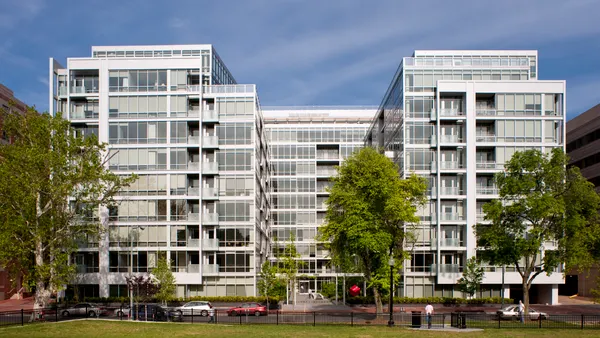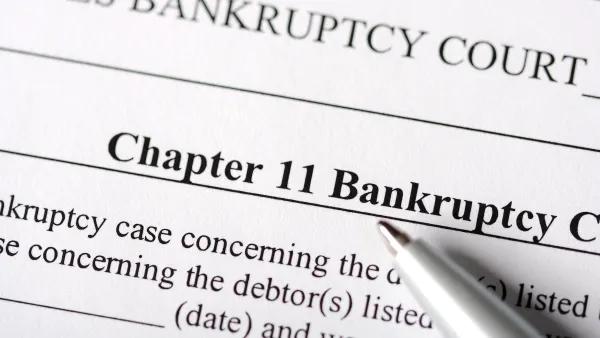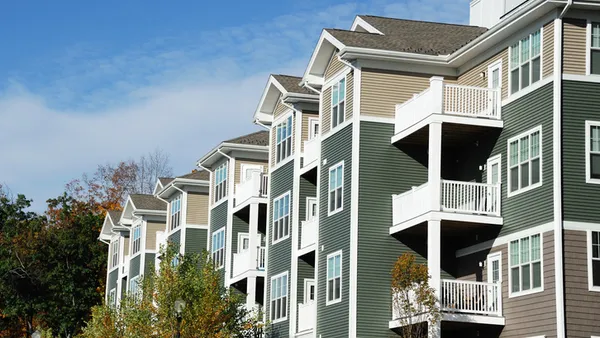UPDATE: Sept. 20, 2023: The Multifamily Impact Council unveiled an updated version of its Multifamily Impact Framework this week to include reporting metrics and guidance for organizations. Since releasing the initial version in the spring, over 200 organizations have downloaded the framework and provided valuable feedback to inform the final 2023 version released Monday.
New features include:
- The addition of 20 specific reporting metrics for each of the framework’s seven impact principles.
- Guidance for organizations adopting and incorporating the framework into their impact investing strategies.
- Specific areas of alignment with key global environmental, social and governance benchmarks and standards.
“The final 2023 version of our framework will help organizations across the multifamily industry bolster their own impact initiatives and establish market standards to help increase the flow of impact capital into our sector,” Bob Simpson, MIC President, said in the release.
Dive Brief:
- The Multifamily Impact Council, a nonprofit membership organization dedicated to establishing a framework of impact principles and reporting guidelines for the multifamily industry, released the industry’s first-ever multifamily impact investing guide earlier this month. The guide sets a baseline of common principles, definitions and reporting guidelines for multifamily social investing.
- The goal of the Multifamily Impact Framework is to help property owners and investors attract more socially motivated capital into the U.S. rental housing market. MIC founding members include firms such as Berkadia, Newmark and Wells Fargo.
- Impact investing seeks to generate specific beneficial social or environmental effects in addition to financial gains. In the case of multifamily investing, it encompasses issues like resident health and sustainable building practices.
Dive Insight:
The Multifamily Impact Framework is the result of a year-long process involving interviews, research, surveys and input from MIC's Advisory Board that established seven principles critical to multifamily impact investing:
- Affordability.
- Housing stability.
- Economic health and mobility.
- Resident engagement.
- Physical and mental health.
- Climate and resilience.
- Diversity, equity and inclusion.
The guide establishes definitions, minimum impact thresholds and reporting guidelines for each impact principle. It also includes an evidence base of research and industry best practices supporting each principle, and it maps each principle to the United Nations Sustainable Development Goals as well as global ESG benchmarks such as the Global ESG Benchmark for Real Assets and the Global Impact Investment Network's IRIS+ framework.
By establishing principles around how the industry can deliver and measure impact, the framework establishes a common baseline for impact investing. It also creates a consistent and transparent path for impact-motivated investors across the globe, according to MIC.
"We designed our framework to serve as the operating system for multifamily impact investing in the United States," said Bob Simpson, president and CEO of MIC and former vice president and head of the Multifamily Green and Affordable Housing Business at Fannie Mae, in the release. "By establishing common principles, definitions and minimum threshold requirements that are open to public review and feedback, and by creating reporting guidelines that quantify impact and are feasible to collect, the framework establishes a clear roadmap for impact-motivated private capital to invest in affordable and sustainable rental housing across the country."
The MIC encourages market participants to review the framework summary and provide feedback that can be used to help enhance future versions.









